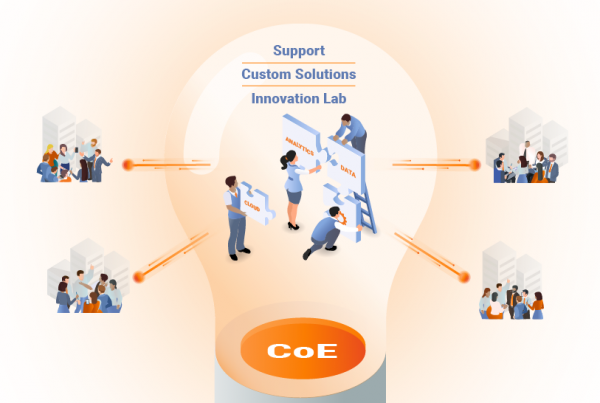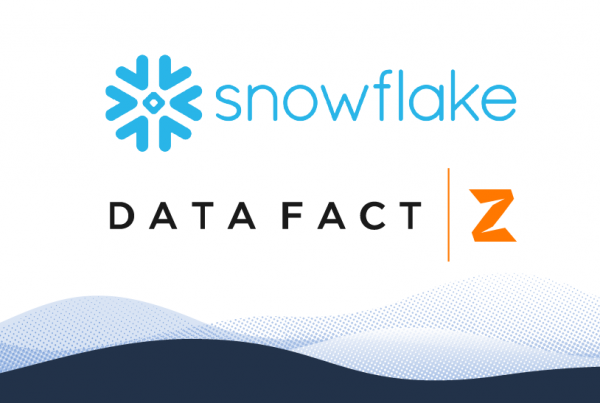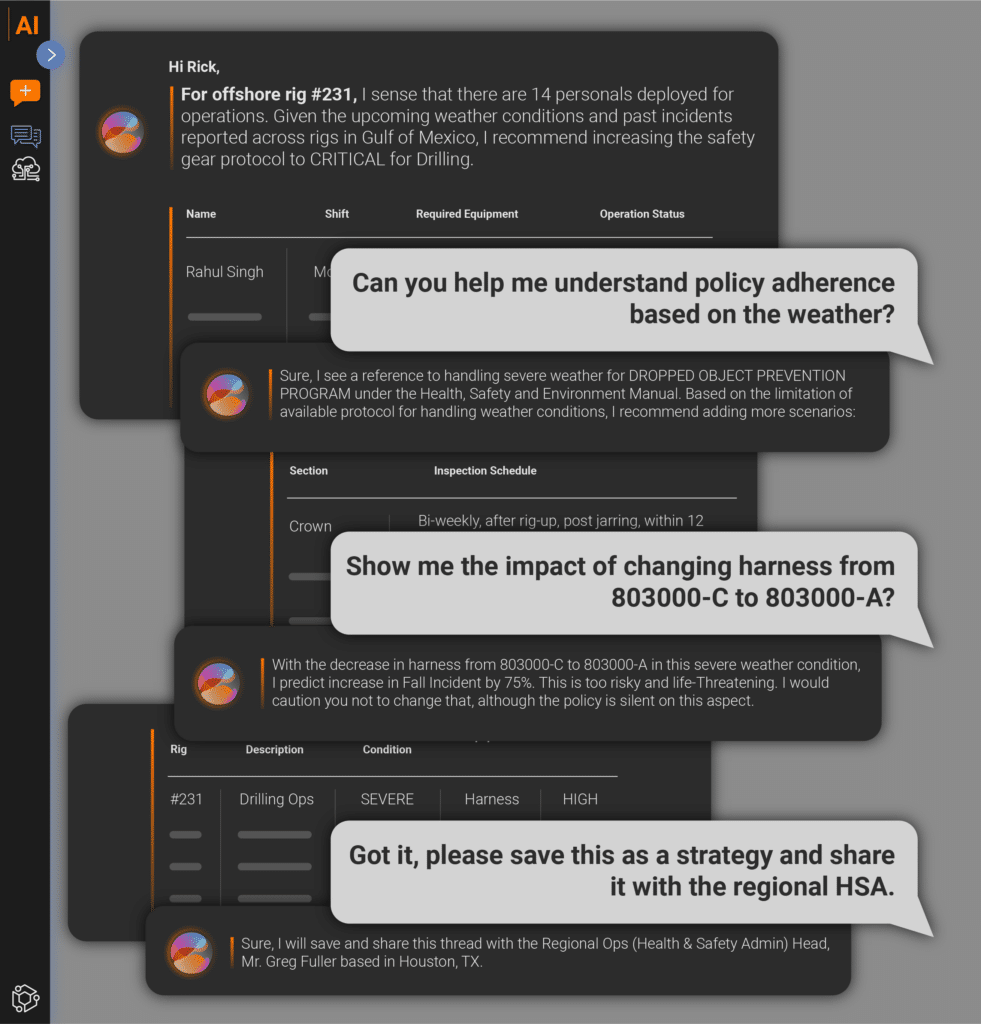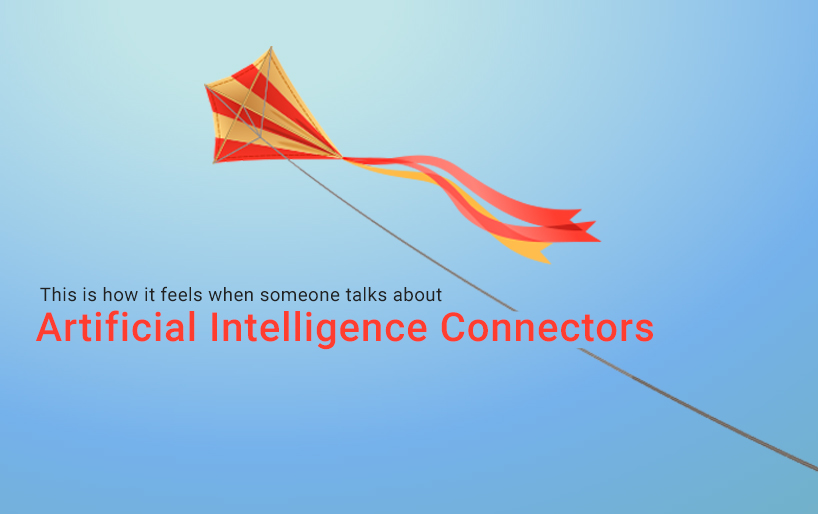
Artificial Intelligence (AI) is changing our lives, and candidly I never felt AI more omnipresent than now. From SIRI to autonomous cars, AI is progressing at a rapid pace. Watching science fiction movies, we often thought AI was all about robots with human like intelligence. But, today, AI applies everywhere starting with our favorite Google’s search algorithms, to booking a quick ride with Uber, and for managing our smart homes.
On the other side, AI has immense potential to catapult enterprises to a whole new level where machines will augment human intelligence for complex decision making. Yes!! I believe this is a true statement and it won’t be too long before we start leveraging AI engines on a daily basis to conduct routine business. This flavor of AI for the enterprises can be referred as intelligent systems approach. The future of Enterprise Decision-Making Systems is here with embedded AI being the core transformational force.
Having said that, these days, quite a few companies are pivoting their positions and bragging about their AI capabilities by just having an AI connector to devices like Alexa and Google Home, with the intention to equip their antiquated application suites with a natural language.
To the uninitiated enterprise users, this may cause some initial excitement but will cause profound confusion about the use and scope of AI in the enterprise, and the role of the so-called AI connectors. To the ones well-versed in the domain of AI and enterprise software, mere addition of AI connector will feel like putting lipstick on a pig. This however does not stop enterprise software vendors to beat their chest about developing AI connectors to outdated Business Intelligence platforms, so as to give those platforms a fresh breath of air. To me, it appears like a cruel joke on the customers, as they are being set up for huge disappointments.
Therefore, it is imperative for us to ask, given the enterprise context, what is the “real value” of an AI connector and what does it stands for?
To substantiate my analogy around an AI connector would be as, if you walk into a dealership to buy a car. And then, the dealer enthusiastically talks about the great features of the car but then hands over all the parts to you to figure out and assemble yourself.
Now, let us take an insane approach and attempt to assemble the car, the least you would assume for an AI connector to be analogous to the engine of the car, isn’t it? But sadly, these AI connectors may not even compare to a smart wind-shield wiper. This is the exactly what you get buying AI connectors for an Enterprise. Lot of headache, minimal value (or, let me correct myself, no value)!!
Now think of an enterprise and assume that we have connected a Business Intelligence System with one of these AI Connectors. What is the value you would expect out of such a connection? To my mind, it will be same old demonstration of KPIs and standard metrics without any context or reasoning. Would you really call this AI? At best, I would call it, Rehabilitated Business Intelligence.
So what is the real definition of Artificial Intelligence for the Enterprises?
Artificial Intelligence (AI) system should exhibit human-like intelligence, behavior with the ability of self-learning and automation of business processes while augmenting human decision making. One of the key characteristics of an AI system is to have the ability to converse in a natural language, ability to comprehend conversation and ability to interact with intelligent responses.
Just dive a bit and you will realize that most of these companies are putting Alexa and Google Home as their frontend calling it AI just because they can talk!! I’m sure even my little daughter would not be convinced if I tell her this story. These human-like interface devices are just empty shells and they need a robust AI Engine working behind the scenes for these devices to exhibit the true behavior of AI.
So, let’s get into the real nut and bolts to understand what it takes to build an AI Engine. Below is a picture that will illustrate high level steps involved in building a true Enterprise Class Artificial Intelligence based Conversational Engine that can demonstrate real business value.
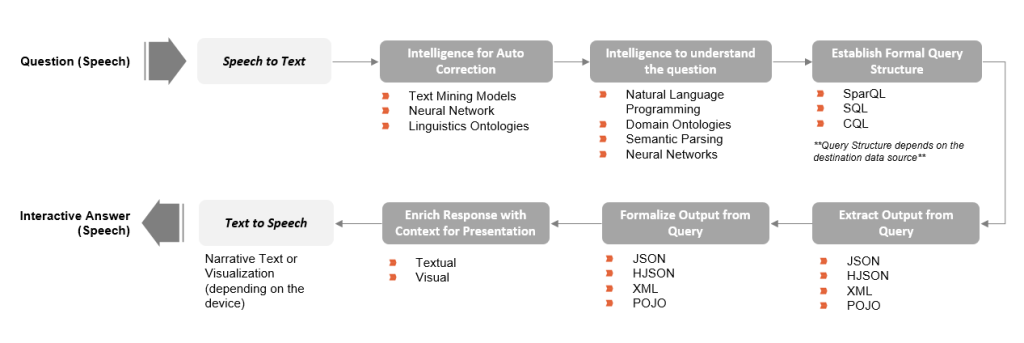
Diagram: Life cycle for an Artificial Intelligence based Conversational Interface.
This should give a fair understanding and high level steps to build an artificial intelligence application which involves Neural networks, Semantics, NLP, Domain ontologies etc.
That said, we are rapidly replacing the traditional era of programmatic computing and now entering an age of “Cognitive Computing”. This is made possible through innovations around natural language programming and neural networks. In a nutshell, it means that we don’t need to be explicitly coding everything to accomplish a certain task and marching towards systems that can learn and augment human intelligence.
AI is the new UI – Experience above all. Artificial intelligence is coming of age, tackling problems both big and small by making interactions simple and smart. AI is about to become a new user interface and change the way we transact and interact with our systems.
I’m sure you know what to do next time when you see something around AI connectors. So please don’t fall for these traps.
Happy Reading!


